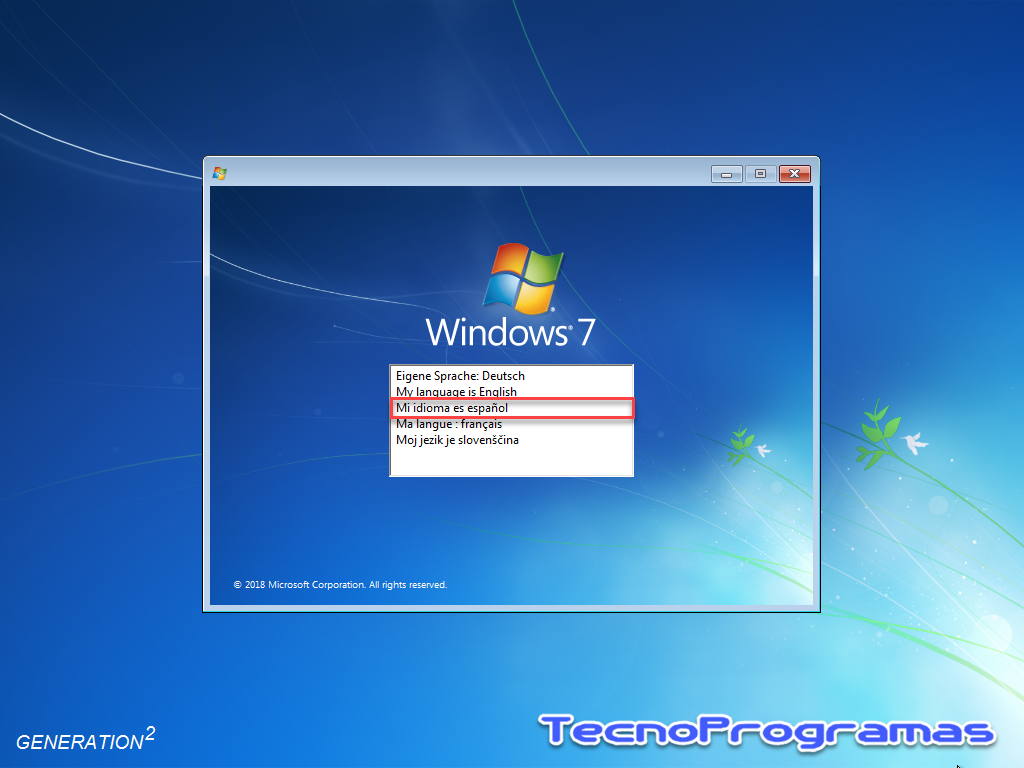

If your computer came with media that allows you to restore it to its original factory settings, that will typically include restoring it to the operating system that the machine came with – presumably Windows 7 or 8.1. This approach may not be available for all machines. Some time and a few reboots later, your machine is back to running the previous version of Windows. This will be undone, and you’ll need to remember your old password. Windows 10 encourages, sometimes quite aggressively, the use of a Microsoft account to log in to your computer, rather than a local account and password. You’ll also get a second warning that turns out to be particularly important. After asking why you want to go back, you’ll get a warning that you should be backed up, you may need to reinstall some programs, and that the roll-back process could take a while.

If this installation was an upgrade of a Windows 7 or 8.1 installation, and it’s been less than 30 days since that upgrade, “Go back to Windows 7” (or 8.1) should be listed as an option.Ĭlick on Get started underneath Go back to Windows 7. If this dialogue box doesn’t turn up from your search, click on the Start menu, Settings, Update & Security, and then Recovery. You may well find “Go back to Windows 7” (or 8.1) at the top of the results. Use Windows 10’s search and look for “go back”. There’s a possibility that Windows 10 may be able to accommodate your desire to go back to Windows 7.



 0 kommentar(er)
0 kommentar(er)
